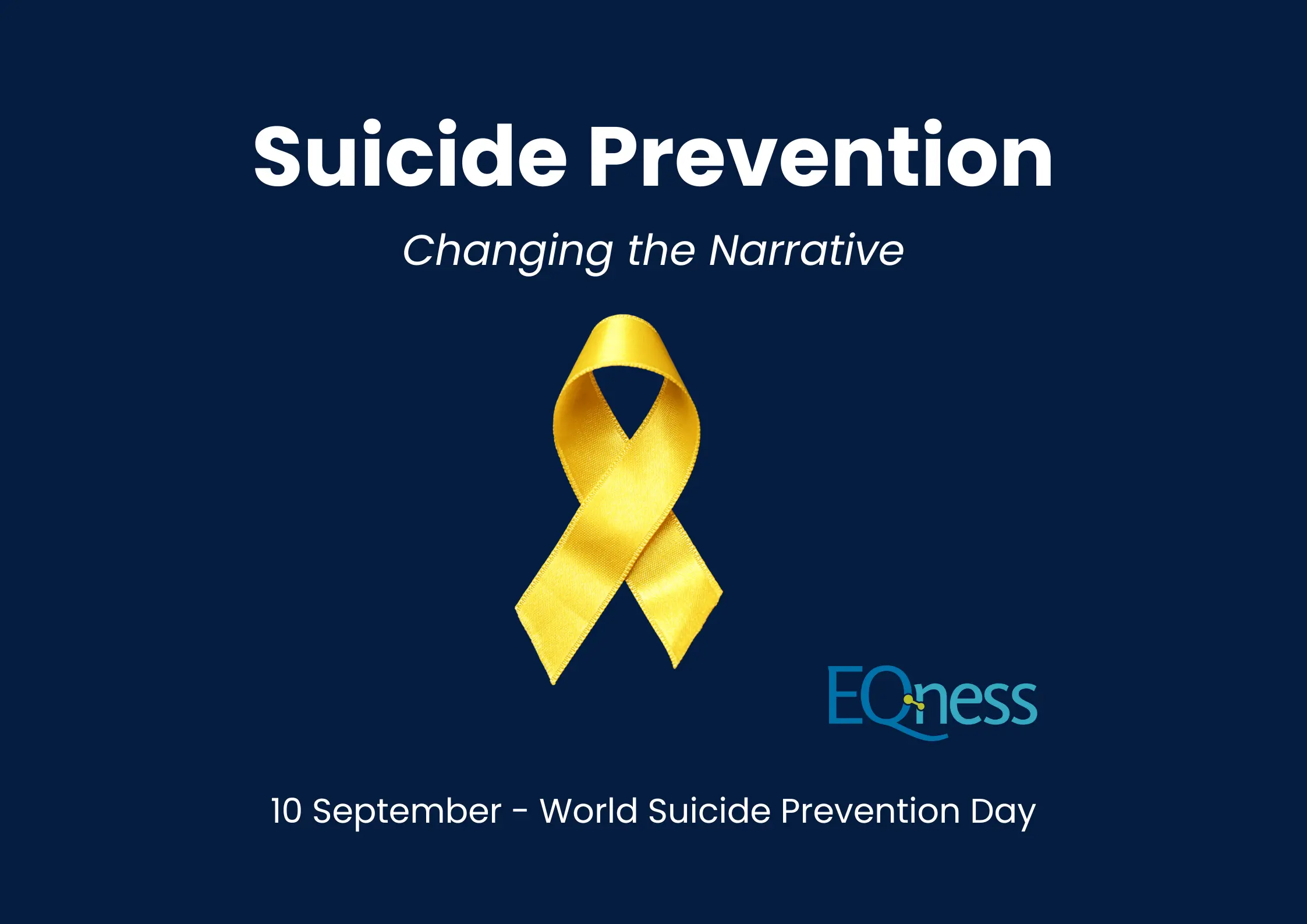This year’s World Suicide Prevention Day continues the theme for 2024–2026: Changing the Narrative on Suicide.
But what does that really mean in practice?
Changing the narrative means moving beyond narrow views that stigmatise suicide and prevent us from recognising it as a complex social challenge. Too often, suicide is explained only in terms of psychiatric illness. However, research shows the picture is broader: risk often emerges when stressful life pressures meet underlying vulnerabilities, shaped by social, cultural, and economic environments.
It is important to remember: suicidal behaviour indicates deep suffering, not always a mental illness. Many people live with mental health conditions without being suicidal, and some who die by suicide had no diagnosed condition.
In Australia:
- Suicide is three times higher in men than in women.
- Men aged 85+ have the highest rates.
- It remains the leading cause of death for Australians aged 15–44.
Understanding suicide risk
Suicide risk is rarely caused by a single factor. It is shaped by interacting dimensions:
- Stressors such as life crises, illness, or social disconnection
- Vulnerabilities such as early trauma, emotional dysregulation, low self-esteem, sleep problems, or biological sensitivities
- Interactions, where these factors combine and amplify risk
These dimensions play out across our biology, psychology, and social world:
- Biology matters. Chronic stress reshapes the brain and body. Disrupted stress hormones, poor sleep, and lasting effects of childhood trauma can all make coping harder.
- Psychology matters. Stress can trigger feelings of defeat and entrapment, while impairing problem-solving and increasing impulsivity.
- Social support matters. Evidence consistently shows that the presence — and especially the quality — of supportive communication protects against suicide risk. Being able to speak openly, without fear of stigma, is itself a form of prevention.
Warning signs can include:
- Talking about wanting to die or hurt oneself
- Seeking means to self-harm
- Feeling hopeless or trapped
- Dramatic mood changes
- Withdrawing from friends, family, or community
However, warning signs are not always obvious. This is why compassion and connection are essential for everyone.
Changing the narrative means recognising that:
- Suicide is not simply “mental illness.”
- Suicide risk reflects the interaction of stress and vulnerability.
- Prevention is possible, beginning with the basics of learning to manage stress, building resilience, and creating safe, supportive relationships.
Each of us has a role to play
- Learn to manage stress in healthy ways.
- Educate yourself to recognise warning signs.
- Do not be afraid to ask the question and have the conversation, listening without judgment can save a life.
- If you are part of a workplace or organisation, provide stress and resilience training, and invest in mental health education programs that build supportive cultures.
If you or someone you know needs immediate support, please contact:
Lifeline 13 11 14 | Beyond Blue 1300 22 4636
You are not alone!
Learn How to Strengthen Your Wellbeing
If you are looking for personalized support using evidence-based strategies to help increase your mental health and overall wellbeing. Our anchoring approach draws from ACT, mindfulness, and neuroscience to help individuals reconnect with what matters—especially when stress, anxiety, or trauma make presence feel out of reach.
Please don’t hesitate to reach out. I’m here, to help.

Olga-Lucía from EQness

